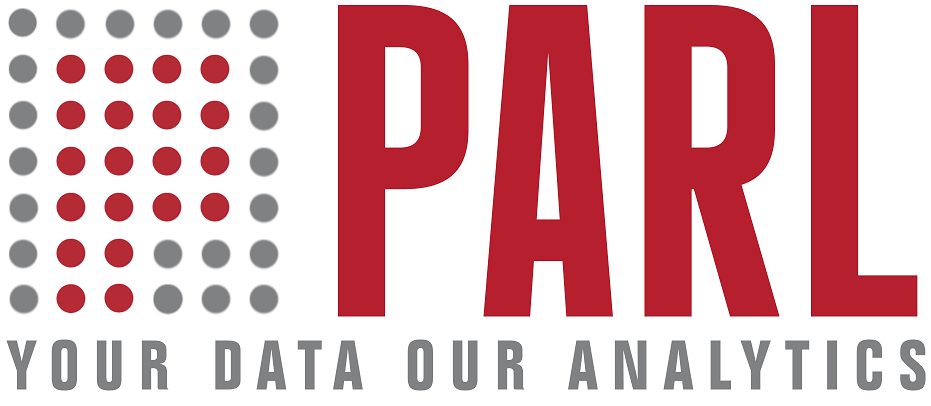IBM SPSS
Statistics
A statistical software suite developed by IBM for data management, advanced analytics, multivariate analysis, business intelligence, and criminal investigation.

IBM SPSS Statistics

A statistical software suite developed by IBM for data management, advanced analytics, multivariate analysis, business intelligence, and criminal investigation.
Product Overview
Why IBM® SPSS® Statistics software?
IBM® SPSS® Statistics is a powerful statistical software platform. It offers a user-friendly interface and a robust set of features that lets your organization quickly extract actionable insights from your data. Advanced statistical procedures help ensure high accuracy and quality decision making. All facets of the analytics lifecycle are included, from data preparation and management to analysis and reporting.
Benefits
Easy to use
Prepare and analyze data with an easy-to-use interface without having to write code.
Open source integration
Enhance SPSS syntax with R and Python using a library of extensions or by building your own.
Comprehensive
Run analyses, view patterns of missing data and summarize variable distributions with an integrated interface.
Special Offer Packages Available
Connect with our solutions team and get premium service and special offers tailored to your needs at no additional cost
Features
SURVREG AFT
Estimate parametric accelerated failure time survival models.
Bayesian procedures
Estimate Bayes factors and posterior distributions for parameters.
Estimated marginal means
Compare group means using a general linear model approach.
Schedule a demo
Schedule a test drive
Discover how you can uncover data insights that solve business and research problems.
